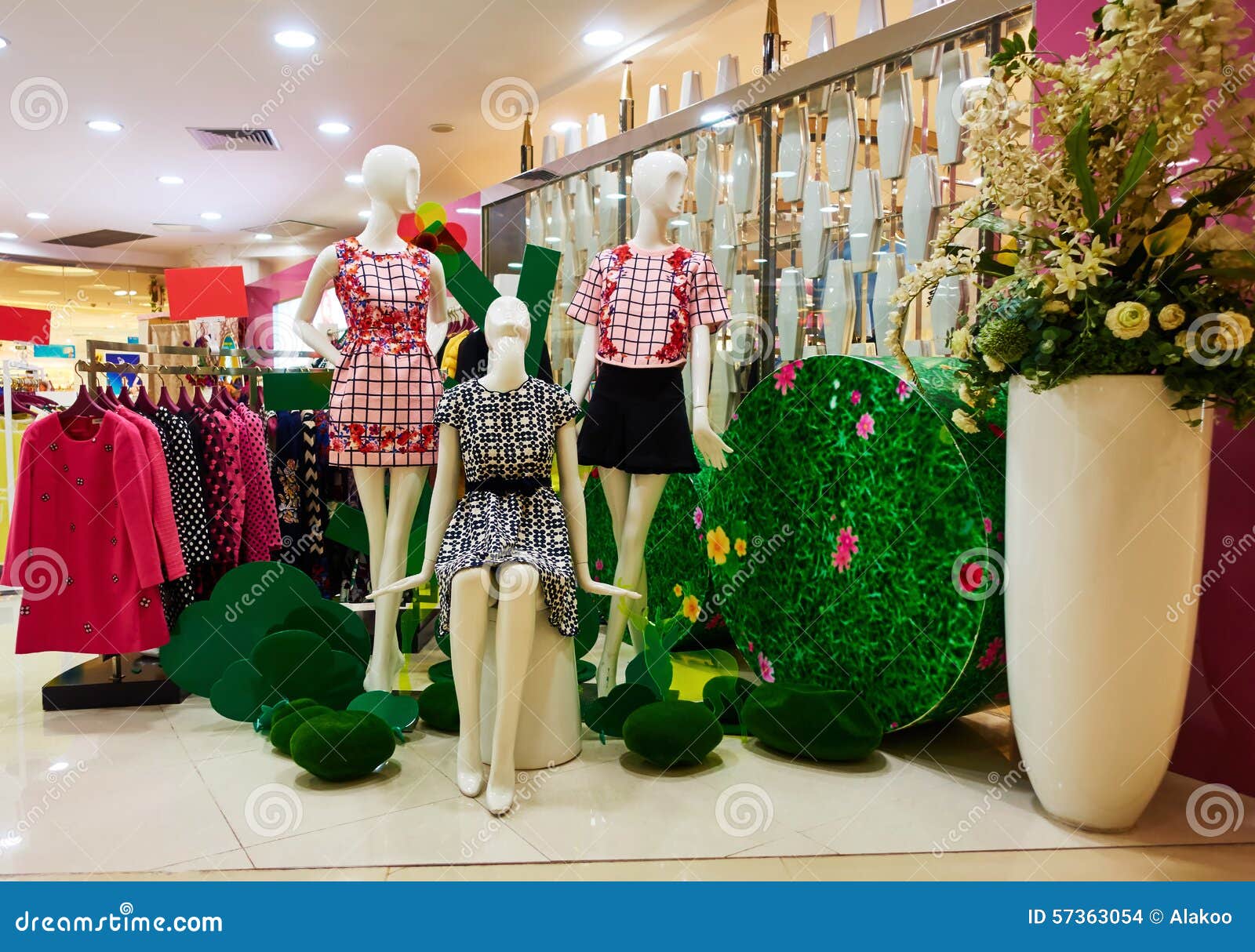Introducing the Tricks Behind Inexpensive Boutique Fashion
Introducing the Tricks Behind Inexpensive Boutique Fashion
Blog Article
Discovering the Evolution and Influence of Clothing on Modern Style Trends
The evolution of garments has actually substantially influenced modern style trends, merging historic criteria with cutting-edge advancements. Famous numbers like Coco Chanel and Yves Saint Laurent changed the fashion business by presenting concepts that focus on comfort and access, which continue to resonate today. Technological strides in areas such as 3D printing and wise fabrics are redefining layout opportunities and customer experiences (boutique fashion). In addition, the growing emphasis on inclusivity and sustainability is improving market requirements. As we take into consideration these multifaceted impacts, one must doubt just how these components jointly redefine fashion's function in showing and shaping contemporary culture.
Historical Style Influencers
In the tapestry of fashion history, particular numbers have left an indelible mark, forming the fads and designs that specify whole ages. Coco Chanel, a revolutionary developer, redefined women's style by presenting comfy, classy clothing that left from restrictive bodices. Her legendary Chanel match and little black gown have come to be ageless staples in wardrobes worldwide. Likewise, Christian Dior's post-war "Make over" in 1947, with its event of femininity with full skirts and cinched waists, noted a return to opulence and has actually remained to affect developers.
Elsa Schiaparelli is one more essential number, renowned for her avant-garde styles that incorporated surrealist art, teaming up with Salvador Dalí to create whimsical items that challenged conventional appearances. Her ingenious use color and bold patterns resounds in modern style. Yves Saint Laurent, at the same time, equalized haute couture with prêt-à-porter collections, bringing runway styles to the masses and setting a criterion for modern ready-to-wear lines.
These dreamers, to name a few, not only revolutionized style in their times but also established withstanding fads that resonate in today's apparel industry, providing a foundation whereupon contemporary designers continue to develop and innovate. Their legacies underscore the value of creativity and bold in fashion's ever-evolving narrative.
Technological Improvements in vogue
Amidst the dynamic landscape of the style industry, technical developments stand at the leading edge of technology, reshaping just how developers produce and customers engage with fashion. The combination of 3D printing has changed design procedures, allowing developers to trying out intricate structures and sustainable materials that were formerly unthinkable. This innovation promotes rapid prototyping, minimizing waste and accelerating manufacturing times.

Smart fabrics, embedding innovation right into materials, are likewise transforming the sector. Technologies like self-cleaning and temperature-regulating fabrics supply enhanced performance and comfort. Wearable modern technology, incorporating attributes like fitness monitoring and communication, adds a brand-new measurement to style, merging visual appeals with practicality.
Cultural Shifts and Style
As technical developments remain to improve the fashion business, social changes are equally significant, redefining style and customer preferences. In the last few years, the rise of social media systems visite site has sped up the circulation of international style patterns, enabling diverse social influences to merge and exist side-by-side. This electronic interconnectivity has assisted in the fast exchange of ideas, leading to a more comprehensive and eclectic interpretation of design that reflects the diverse nature of modern-day society.
Cultural understanding and gratitude have prompted developers to attract motivation from a broader spectrum of historic and ethnic contexts, integrating standard themes with modern looks. This fusion has resulted in style that resonates with a larger target market, promoting a feeling of identification and belonging across from this source different demographics. In addition, the boosting demand for personalization has actually driven brand names to offer customizable alternatives, allowing consumers to express originality while reflecting their social heritage.
Furthermore, moving social worths have affected fashion, with inclusivity and variety ending up being central styles. The market has actually started to embrace versions and influencers of numerous physique, ethnic backgrounds, and sex identities, challenging conventional charm requirements. This transformation underscores the power of cultural shifts fit the future of fashion, as design comes to be an extra authentic expression of collective and personal identification.
Sustainability and Modern Style
While the style market proceeds to progress, the necessary for sustainability has ended up being progressively immediate, influencing modern design practices. The increase of sluggish style, which highlights top quality over amount, motivates customers to spend in timeless pieces instead than transient fads.
Furthermore, contemporary style is defined by its technology in reducing waste and advertising circularity. Methods such as zero-waste pattern cutting and 3D knitting are acquiring traction, allowing designers to develop garments with marginal fabric waste. In addition, brands are adopting transparent supply chains, making sure accountability and promoting customer depend on. This approach not just minimizes ecological impact yet also boosts the social responsibility of fashion homes.

Future Trends in Style

Sustainability will certainly continue to be a driving force in forming future style patterns. The industry is progressively adopting environment-friendly materials and honest manufacturing approaches, reacting to an expanding customer need for accountable techniques. Advancements such as bio-fabricated materials review and closed-loop recycling systems are readied to redefine how garments is produced and taken in, decreasing environmental influence while maintaining style and quality.
Cultural shifts, consisting of the surge of inclusivity and variety, will certainly likewise play a pivotal duty. As society comes to be more knowledgeable about social problems, fashion is expected to end up being a platform for expression and modification. Developers will likely concentrate on producing collections that reflect a broader variety of identities and experiences, promoting representation and availability.
Conclusion
The development of garments significantly influences contemporary style patterns, where historical impacts combine with modern styles. Key figures like Coco Chanel and Yves Saint Laurent have actually redefined style, while technical developments such as 3D printing and smart fabrics broaden innovative opportunities. Cultural changes towards inclusivity and sustainability oblige brand names to take on ethical methods and embrace diversity. This ongoing advancement highlights style's role as a mirror to social values and technological improvement, recommending a future rich with technology and inclusivity.
The development of clothing has significantly influenced modern-day style patterns, merging historic criteria with innovative developments.Amidst the vibrant landscape of the style market, technological advancements stand at the leading edge of development, reshaping exactly how developers create and customers engage with style.While the fashion market continues to develop, the important for sustainability has become progressively immediate, affecting contemporary design practices. As sustainability becomes embedded in modern layout, it paves the means for a much more aware and accountable fashion sector.
The development of garments substantially influences modern fashion patterns, where historical influences merge with modern styles.
Report this page